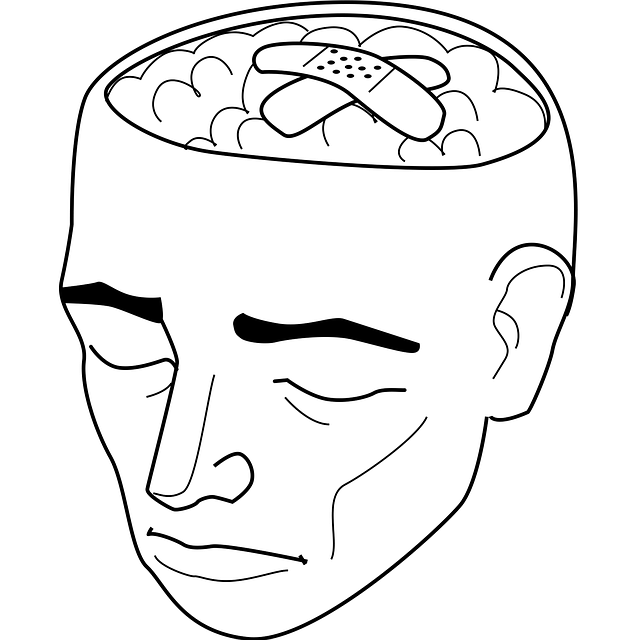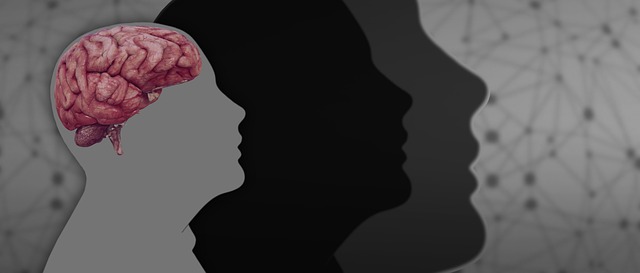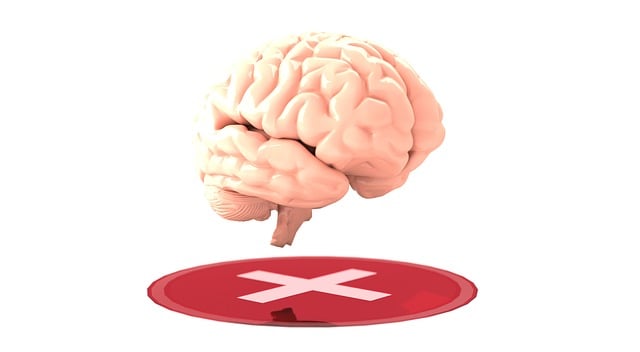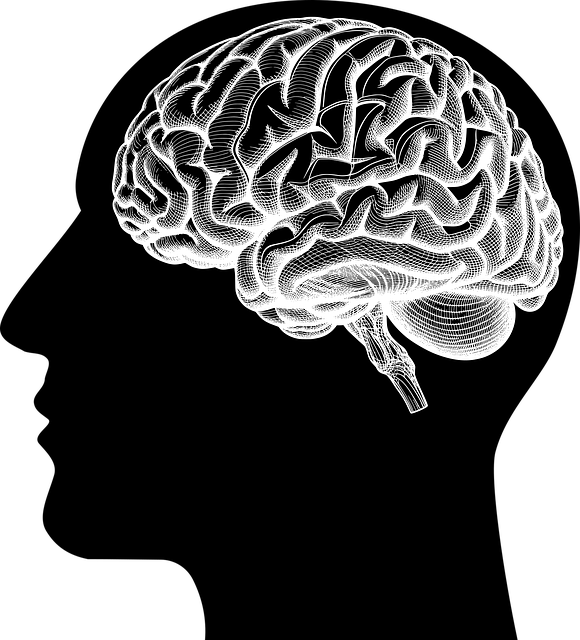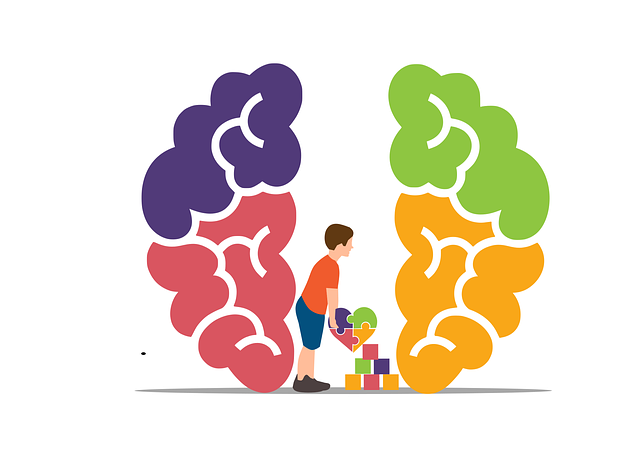Wheat Ridge Spiritual-Religious Issues Therapy employs a nuanced risk assessment that goes beyond hazards, considering cultural backgrounds, spiritual beliefs, and personal histories. Therapists build trust through active listening and validating experiences, navigating sensitive territories related to religion or spirituality as both potential risks and protective factors. Self-awareness exercises and mental wellness journaling help clients explore beliefs safely, while mindfulness meditation enhances burnout prevention. Adhering to legal guidelines and ethical standards ensures a safe, effective therapy environment. Professionals must prioritize self-care and seek supervision to manage complexities and prevent burnout. Regular self-assessments and feedback integration refine therapeutic techniques, fostering mental wellness and professional growth within the Wheat Ridge Spiritual-Religious Issues Therapy context.
Mental health professionals must navigate complex ethical and practical landscapes to ensure patient safety. This article delves into crucial aspects of risk assessment within the context of Wheat Ridge Spiritual-Religious Issues Therapy, exploring key sections including understanding risk assessment fundamentals, identifying hazards specific to spiritual therapy, navigating ethical and legal frameworks, implementing risk mitigation strategies, and the importance of continuous monitoring for safe practice.
- Understanding Risk Assessment in Mental Health Practice
- Identifying Potential Hazards in Wheat Ridge Spiritual-Religious Issues Therapy
- Ethical Considerations and Legal Frameworks for Risk Management
- Strategies for Mitigating Risks in Therapeutic Settings
- Continuous Monitoring, Evaluation, and Improvement for Safe Practice
Understanding Risk Assessment in Mental Health Practice

Risk assessment is a cornerstone of mental health practice, crucial for ensuring client safety and effective therapy delivery. For Wheat Ridge Spiritual-Religious Issues Therapy professionals, understanding risk factors goes beyond identifying potential hazards; it involves a nuanced exploration of clients’ unique circumstances, including their cultural backgrounds, spiritual beliefs, and personal histories. Incorporating these dimensions requires a sophisticated approach to assess and mitigate risks while fostering an environment of trust and empathy.
Empathy building strategies play a vital role in this process. By actively listening, validating experiences, and demonstrating understanding, therapists can cultivate strong therapeutic alliances. Public awareness campaigns development, focused on destigmatizing mental health issues and promoting mental wellness, also contribute to a more supportive ecosystem. These initiatives ensure that both clients and practitioners are equipped with the knowledge and resources necessary for navigating complex emotional landscapes, ultimately enhancing the effectiveness of therapy.
Identifying Potential Hazards in Wheat Ridge Spiritual-Religious Issues Therapy

In the realm of Wheat Ridge Spiritual-Religious Issues Therapy, identifying potential hazards is an integral part of risk assessment. This type of therapy often delves into deeply personal beliefs and practices, which can be both a source of healing and potential challenge. Therapists must be vigilant in recognizing how spiritual or religious views might contribute to emotional distress or, conversely, serve as a protective factor against conditions like depression prevention. For instance, some individuals may struggle with internal conflicts arising from discrepancies between their faith and therapeutic recommendations, necessitating sensitive handling and tailored guidance.
Effective risk assessment involves considering the unique context of each client’s spiritual-religious beliefs. Encouraging self-awareness exercises and mental wellness journaling can provide valuable insights into these dynamics. By integrating these practices, therapists enable clients to explore their beliefs in a safe space, fostering better understanding and self-reflection. Such approaches not only enhance the therapeutic process but also serve as proactive measures in managing potential risks, ensuring a more holistic approach to depression prevention and overall mental wellness.
Ethical Considerations and Legal Frameworks for Risk Management

Mental health professionals must navigate a complex landscape when addressing risk management, heavily influenced by ethical considerations and legal frameworks. At the core, prioritizing client well-being and maintaining therapeutic boundaries are paramount. This involves being attuned to potential risks such as self-harm, suicide ideation, or undisclosed dual diagnoses, which may require specific interventions like crisis management protocols and referral systems.
Wheat Ridge Spiritual-Religious Issues Therapy professionals are encouraged to integrate practices like mindfulness meditation into their work, not only for burnout prevention but also to enhance Mental Health Awareness. Balancing these aspects while adhering to legal guidelines ensures a safe and effective therapeutic environment. Legal frameworks provide a structure for managing risk, delineating responsibilities, and establishing standards of care, ultimately fostering trust and ensuring the best possible outcomes for clients.
Strategies for Mitigating Risks in Therapeutic Settings

Mental health professionals play a crucial role in fostering coping skills development and self-esteem improvement for their clients, but they themselves must also navigate complex emotional landscapes within therapeutic settings. To mitigate risks effectively, these practitioners should integrate strategies that promote inner strength development both personally and professionally.
One such strategy involves establishing clear boundaries to maintain a safe and respectful environment. This includes setting limits on work-life balance, managing client expectations, and prioritizing self-care practices. Additionally, regular supervision and peer support can help professionals process challenging cases, reduce burnout risk, and enhance their ability to provide evidence-based interventions, especially when addressing sensitive issues like Wheat Ridge spiritual-religious therapy. By incorporating these measures, mental health professionals can create a supportive ecosystem that encourages both client healing and their own resilience.
Continuous Monitoring, Evaluation, and Improvement for Safe Practice

Mental health professionals must adopt a culture of continuous monitoring, evaluation, and improvement to ensure safe practice. Regular self-assessment is vital for identifying areas of potential risk or vulnerability, whether it’s related to Wheat Ridge Spiritual-Religious Issues Therapy or other specialized practices. By regularly reflecting on one’s work, therapists can cultivate enhanced self-awareness, a key component in building resilience against ethical pitfalls and emotional burnout.
Through ongoing evaluation, professionals can integrate feedback from clients, peers, and supervisors to refine their therapeutic techniques and protocols. This dynamic process encourages the implementation of evidence-based strategies for stress management and resilience building, thereby fostering an environment conducive to both mental wellness and professional growth. Moreover, engaging in a regular Mental Wellness Podcast Series Production can serve as a platform for sharing insights, best practices, and practical tips among peers, further reinforcing a culture of continuous improvement.
Mental health professionals play a crucial role in helping individuals navigate complex emotional landscapes. To ensure effective and safe practices, understanding risk assessment is paramount. By identifying potential hazards, such as those specific to Wheat Ridge Spiritual-Religious Issues Therapy, therapists can ethically manage risks within legal frameworks. Implementing strategic mitigation techniques and adhering to continuous monitoring, evaluation, and improvement processes are essential components of a comprehensive approach. Ultimately, these steps contribute to creating secure therapeutic environments, fostering healing, and enhancing the well-being of clients.
